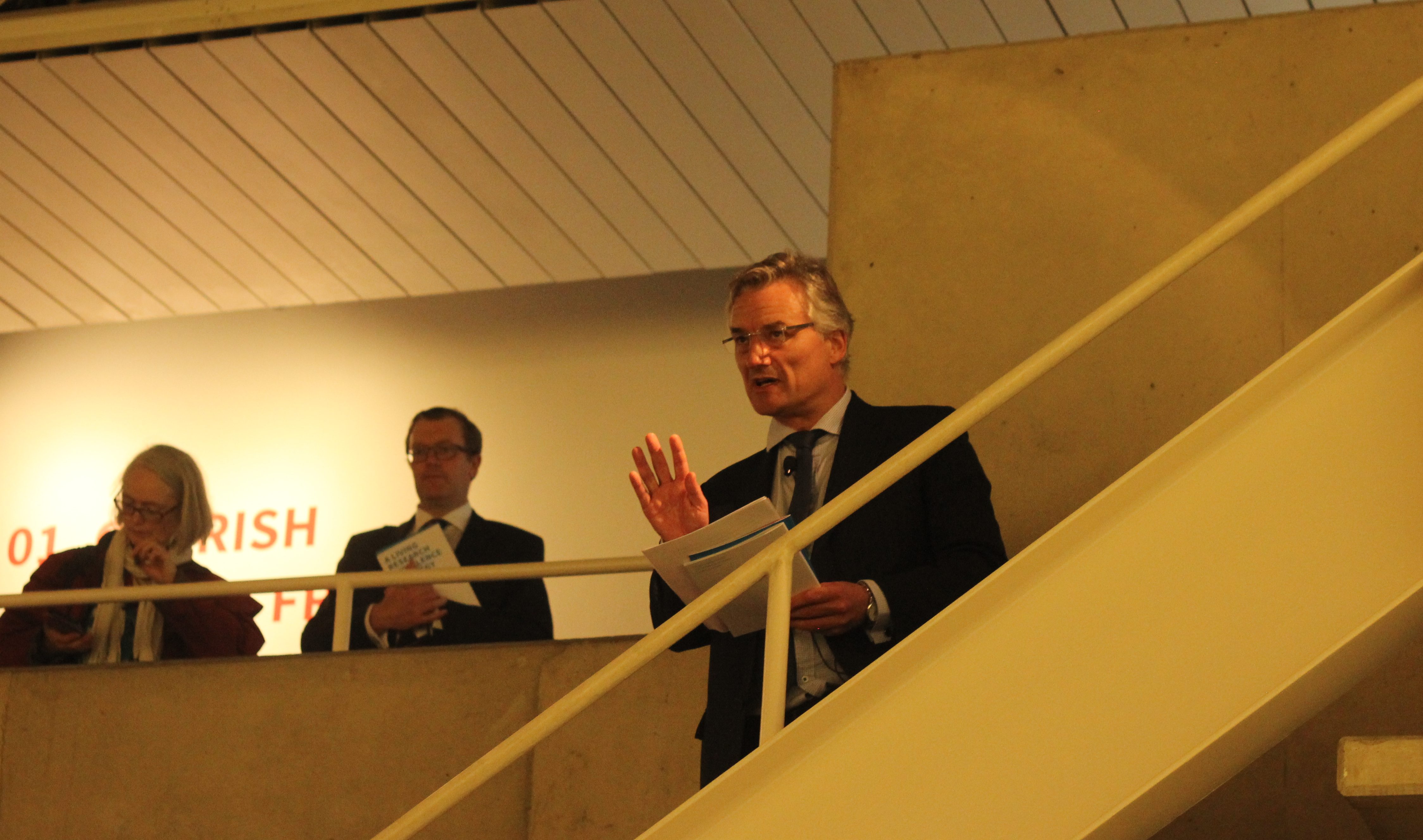Trinity’s Strategic Plan setting out the plans and ambitions for the college for the next five years was officially launched today.
The Strategic Plan, entitled “Community and Connection”, highlights ambitious goals relating to sustainable growth, increasing student numbers while lowering the student-staff ratio, increasing the number of postgraduates, research, and capital projects.
Launching the plan, which was conducted over livestream due to the coronavirus, Vice Provost Juergen Barkhoff said that the Strategic Plan is an “important opportunity for the college community to reflect on who we are and…reinterpret our role in society”.
The plan lays out how Trinity will “best serve our students, Irish society and the world”, by setting out new goals while building on strategies and business plans already underway, he said. The plan came into effect in January and applies until 2025.
The plan predicts that the number of Trinity students will increase from 18,000 to 21,500 over the next five years. To “ensure that such growth will not compromise the students’ learning”, College plans to hire more academic staff across faculties to bring down the overall student to staff ratio from its current high levels to 16:1.
College plans to continue its policy of increasing the number of international students, by 5%-10%. The plan also commits to diversifying the student body, increasing the percentage of undergraduate students from non-traditional backgrounds in higher education to 25% by 2025 through the Trinity Access Programme (TAP).
The plan places a greater emphasis on postgraduate students. The Strategic Plan commits to increasing the number of postgraduates by 32%, offering more postgraduate taught modules across faculties and creating dedicated postgraduate spaces will be created.
College pledges to take “a leadership role nationally and internationally to ensure that the research environment allows transformative research to thrive”. Trinity plans to lobby for better funding for investigator-led research in the sciences, social sciences and in the arts and humanities, as well as for more PhD scholarships and increased stipends for funded PhD researchers.
“The university’s financial position has improved significantly over the last five years due mainly to successful strategies for generating non-exchequer revenue”, the document reads, adding that there are still major challenges to funding the college.
The strategic plan lists capital projects being developed over the next five years, funded primarily from philanthropic donations and the European Investment Bank. These plans include the Trinity @ Grand Canal Quay campus, the E3 Initiative and the Trinity St James’s Cancer Institute. Work will begin on a major conservation project for the Old Library, enabled by philanthropy, which will include a new Research Collections Study Centre.
Provost Patrick Prendergast said at the launch that this plan will be “successfully implemented like the previous strategic plan”. The College wants to continue “growing our presence and Dublin and developing research relationships with other universities” while ensuring that the quality of the college experience remains high for students. “We don’t want to keep growing student numbers unchecked,” he said.
Trinity College Dublin Students’ Union (TCDSU) Laura Beston spoke at the launch, calling the plan an example of “collegiality between the college and students”. Beston said the plan is “perhaps the most student focused in recent times”. College has shown a “concerted effort” to explore where students want change, Beston said. She particularly praised the Strategic Plan’s commitment to increase access to Trinity and foster a more diverse student body.






